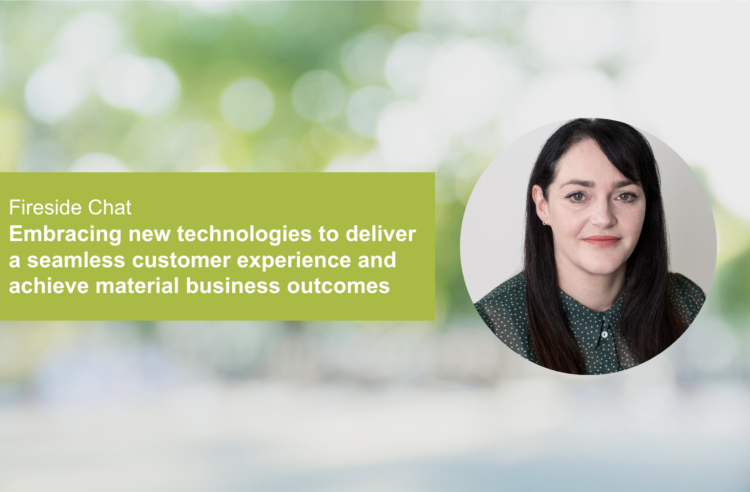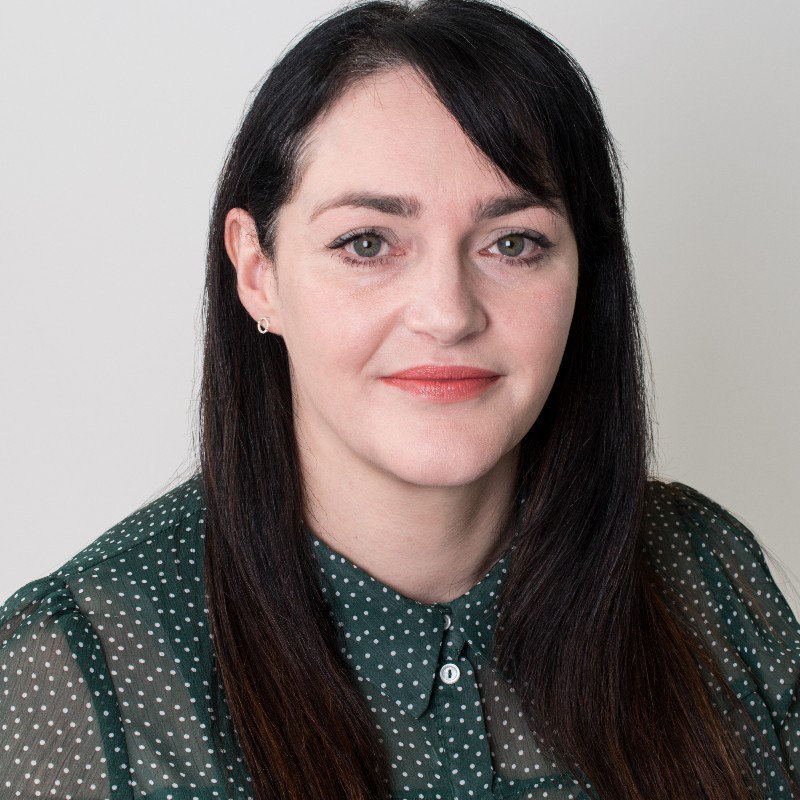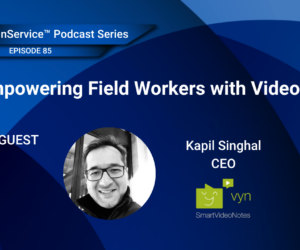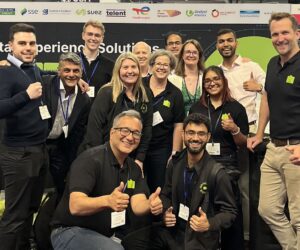
We met with Kathryn Glover, Customer Contracts and Revenue Director at JLA, for a fireside chat on leveraging the power of Smart Video to deliver material business outcomes across a range of operational processes by digitalising with Vyn.

Could you tell us a little bit about yourself, and what makes you wake up in the morning and feel excited about work?
We always want to be ahead of the curve, so our customers have the best experience. When I look back on the progress we’ve made, and what we’ve achieved, I feel energised and motivated to keep evolving and making a difference. My job is extremely varied, and I enjoy switching between the big picture challenges and then getting stuck into the smaller details, understanding how things work so we can come up with informed solutions.
Ambitious and innovative, we’ve always retained our family feel and customer focus. The team is always open to new ideas and supportive of changes. It’s part of everyone’s job to create a collaborative and forward-thinking place to work, which is why I get excited to go into work every day. Everyone is empowered to make suggestions and improvements, and everyone gets involved.
JLA have been using Vyn for some time now – could you tell us about how your journey started? What was the main driver behind you looking to make a change?
Our customers tell us that speed and quality is what’s most important to them. We need to make sure that we minimise interruption to our customers’ services and give them peace of mind that their critical equipment is taken care of.
Previously, once a sale was confirmed, we would send one of our 450 expert engineers to a customer to confirm details like available space. Knowing our customers are time-poor, we looked at ways to make this less time-consuming, without losing any quality in the process.
We began to look at providers of video apps that would help our sales team gather enough detail for our technical experts to make a full assessment. Through this approach, we could better use our engineers’ time while reducing time for on-site visits and travel.
Vyn had the most collaborative approach as they accompanied our sales and technical teams to customer sites to establish the best way to collect all the important details. They also offered flexibility around storyboard content so that we could regularly tweak and enhance the tool following feedback from the teams.
We also engaged with our sales and operations teams, who were passionate about improving the day-to-day work of their teams, customer experience, and business performance. As well as input from the key leads, we also got a small group of super users from each team to help us trial early versions, providing important feedback to refine storyboards until we were ready to roll out to the full team.
The benefits of using Vyn were easy to sell to the teams involved. Even the teams that were less comfortable with the new technology were aware of the obvious improvements for sales and customer experience. Most importantly, we saw faster lead times, which meant happier customers; our cancellations dropped by 2 per cent. We were able to reduce travel time and be more productive, giving us more time for installing equipment. Our customers now see us as a strong, digitally-enabled business with a seamless and simple process.
We have captured 250 videos in the last three months for new installations, saving us £19k in site visits, and reducing our order-to-cash process by around 1.5 days.
Having started with transforming your installation process, you have now extended the use of Vyn into other areas of the business. Could you share how those newer use cases are progressing and the value you are seeing?
Absolutely, there are so many ideas for how we can use Vyn across our teams. One that we were able to put together quickly was a storyboard to help our crystal surface team, who complete catering extraction cleans. Our team of nine engineers would gather a great deal of information, causing their manager to spend around 30 hours per week compiling the data into reports for customers. The upshot was customers might have to wait several days to receive their report. By collaborating with the Vyn team, they helped us design a storyboard for the engineers to capture all the useful and relevant information, which the Vyn tool would use to populate a report template and emails to our customers. This has removed all of the re-work, creating a speedier customer service. You’ve also got the bonus that our customer’s experienced the value of a digital journey, creating stronger partnerships.
Most of our Vyn storyboards are completed by JLA colleagues but our service delivery team had a great idea to increase their ‘customer assisted fixes’. This involved addressing simple issues over the phone, where our helpdesk agents could talk customers through how to fix and get critical equipment up and running straight away, saving our engineers for more complicated repairs. The team designed a trial of a very simple customer-facing storyboard to capture machine set-up, and fault codes to give the team a better chance of identifying how to help. The feedback from both customers and the helpdesk was very positive. We saw particularly positive feedback from students at our university accommodation who expect a digital, interactive service, with more immediate resolutions. During the trial, the team was able to convert 25% of customer Vyns to an over-the-phone fix, saving the business £50 each time. There were other unexpected benefits too. The team found opportunities to use Vyn to identify parts required, sending the engineer to carry out a first-time fix, saving an extra visit. This is something they’ve rolled out as an initiative in other departments as well.
What would you say to other businesses who are on a similar journey to digitally transform their processes?
Stick with it! I’d also recommend splitting deliverables into phases. Trying to fix everything at once can be very difficult, especially as writing specifications for full requirements can take a long time, while other factors can move on, and it’s hard to keep up. Even with engaged and knowledgeable stakeholders, it can be tough to imagine how things will look and feel until they’re live. We’ve found it works best to go live with the easiest changes with the highest impact first, to get some quick benefits. It’s also wise to ‘go with it’ for a while to establish what the best follow on enhancements will be from a more informed position. This enables a more flexible approach.
Right from the beginning, it’s important to involve the end users, to make sure they get the opportunity at the right point in the process to influence the ideas and approach. It’s key the transition works for them, and they will provide input a project team wouldn’t, as they’re not as close to the real-life application. This also helps with roll out and embedding new developments, as there are already end user champions, fully on board and invested in the success of the project.
It’s key to find the right partners to work with, whose approach suits the needs of your business, and who can share their experience to refine your ideas to create successful solutions. Vyn have been extremely collaborative. They’re always solutions-focussed and adaptable, so we’ve been able to trial different options and make live updates. Vyn have some great tools to help us monitor activity and results across all our use cases and can easily quantify and track impact, everything from volume trends to carbon emission savings. They provide a service that’s really important to us.
Explore the site survey and AI solution that helps JLA capture richer data, shorten order-to-delivery time and cut costs. Start your 14-day free trial today.



